Buy this from Bookshop.org to support local bookstores and the Lesbrary!
This book really just had to live up to the title for me to love it, and it did.
Krista Burton used to run a blog called Effing Dykes that I followed and enjoyed, so I knew I was already a fan of her writing. In Moby Dyke, she weaves together a travelogue of lesbian bars, personal writing about her own life, and discussions about why lesbian bars keep closing.
In the introduction, Krista paints a picture of her journey to writing this book. She’s married to a trans man named Davin, and they’re about both middle-aged, living in rural Minnesota. When COVID hit and they were sheltering in place, Krista found that what she missed most was the “feeling of being in a packed, sweaty dyke bar, surrounded on all sides by queers so close they’re touching me, and then to feel someone with a drink in one hand try to inch past me.” But those kinds of bars kept closing. Where there was about 200 in the 1980s, it was down to 20 across the whole country. Pandemic or not, when was she going to experience that again?
And that’s how Moby Dyke was born. Krista made a plan to visit all 20 of the remaining lesbian bars in the United States. Each would be visited twice. She’d talk to at least two people at each bar. (Approaching strangers! In a lesbian bar!) And half of the time, she’d come with her husband, while half of the time, she’d go alone.
This is, of course, an exploration and celebration of these lesbian bars, each lovingly described, but that ended up not being the main draw for me. It was interesting to get a glimpse into these bars, but I’m unlikely to go to any of them, being neither a bar/club person nor from the U.S. Instead, I was pulled in by Krista’s personal writing as well as the discussion around lesbian bars.
This book has a charming, personal voice—it feels like a friend telling you a story. There are brief detours into the rest of Krista’s exploration of a city, and some glimpses into her personal life. It makes for a very readable book that somehow didn’t feel repetitive, even though each chapter is essentially the same thing: describing a new bar and recounting how patrons/owners answered her questions.
It’s interesting to get a broad look at how lesbian bars operate and how they describe themselves. Krista quickly found out that while these bars were usually owned by lesbians and were in some way lesbian bars, each of them said they “welcome everyone.” She discusses this push and pull between wanting be inclusive and wanting to have a space for queer people:
“Queers want dedicated spaces where they can go and have everyone around them be queer. That’s because that shit is fun. And it’s such a relief, not to mention so much safer, for us all to be able to be together. But most of us also want each and every version of queerness to be welcomed in those spaces, and who gets to decide who’s queer and who’s not?”
As one bar owner put it, “Sometimes [lesbian patrons] will look around and want to know why there’s ‘”so many men here,” and—she threw up her hands—’I don’t know what to tell you! How am I supposed to have a woman-centric space that’s a lesbian bar but also be fully inclusive? How?’”
I also found it interesting the many reasons people had, especially bar owners, for why lesbian bars keep closing: because queer women are more accepted into greater society now. Because lesbians have less money to spend than gay men. Because of infighting. Gentrification and rent price. Trump. The instability of time investment of running a bar. Lesbians don’t go out.
These discussions about queer spaces were fascinating to me, and I also liked seeing the many different ways that these spaces are designed. Each has its own feel, its own events, its own kind of community. I’m not about to go out and start a lesbian bar now, but I did find it inspirational. Queer groups and communities, especially between queer women, have a reputation of breaking down and dissolving in conflict. These many different bars, whether it’s a Black-owned queer cocktail bar or a rural lesbian bar covered in novelty signs, show that it’s worth trying to build something, and that they can survive—and even thrive.
I wasn’t sure if this would end up being a eulogy for lesbian bars, a document to preserve them before they all disappear forever, or whether it would be a celebration. Thankfully, it’s much more of the latter—spoiler alert: the number of lesbian bars has grown since she started writing the book!
If the title piqued your interest, definitely pick up Moby Dyke. It’s part travelogue, part memoir, and 100% queer.


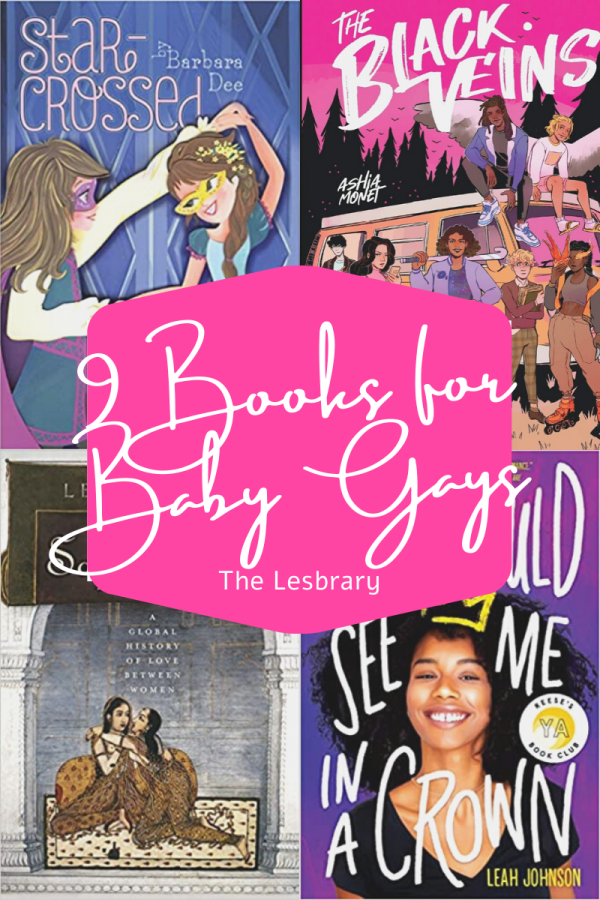
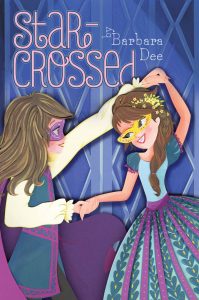
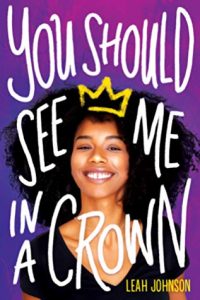

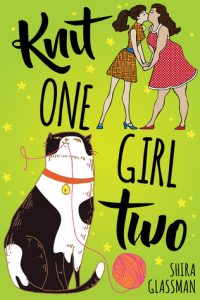
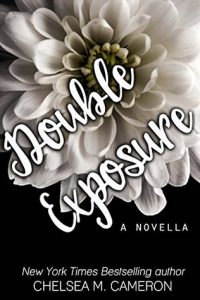
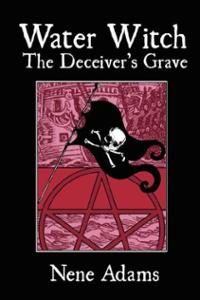
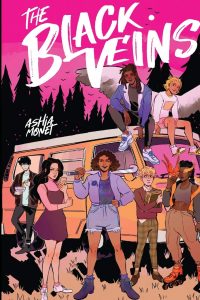
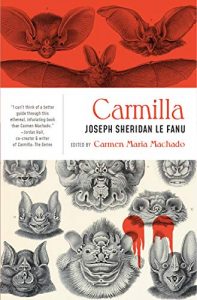
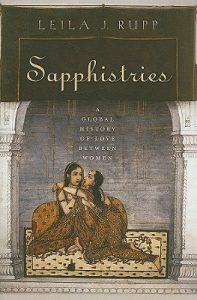 Sapphistries: A Global History Of Love Between Women by Leila J. Rupp
Sapphistries: A Global History Of Love Between Women by Leila J. Rupp